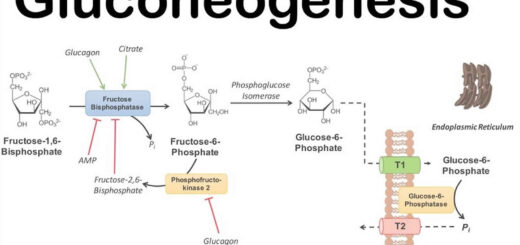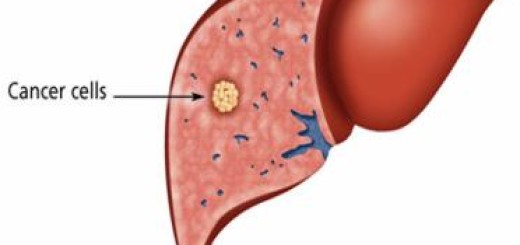Blood constituents and Physical properties, Sources and functions of plasma proteins
Blood is a connective tissue fluid that circulates through the body to maintain a constant environment around the body cells. Blood plays a vital protective function against infection. Furthermore, injury to blood vessels is followed by blood clotting which stops further loss of this vital fluid. Thus blood helps to maintain homeostasis and to coordinate activities of various organs.
Blood
Blood constitutes about 8% of body weight, It is a highly complex fluid in which cellular elements are suspended, The fluid portion is the plasma, which forms 55% of blood volume (which averages around 5 litres), The cellular elements include red blood cells, white blood cells & platelets, and this form the remaining 45%.
Blood is the main transportation vehicle of the body, it carries O2 and nutrients to the tissues and returns CO2 to the lung and other products of metabolism to the kidneys. It carries and distributes hormones and other agents that regulate cell functions. It functions also in the regulation of body temperature, acid-base equilibrium, and water balance.
Physical properties of blood
Arterial blood is bright red due to the presence of oxyhemoglobin. Venous blood is dark red (bluish) due to the presence of reduced hemoglobin. The pH of arterial blood is 7.4±0.02. That of venous blood is 7.38±0.02. The specific gravity of the whole blood is 1060. The specific gravity of cells is 1090, while that of plasma is 1030.
Blood is 5 times more viscous than water. This high viscosity is due to the presence of cells (mainly RBCs) and plasma proteins. Blood viscosity decreases in cases of anemia and hypoproteinemia and increases in cases of polycythemia and dehydration. Blood viscosity is essential for maintaining normal arterial blood pressure (ABP) by preventing the rapid flow of blood from arteries to veins.
Blood constituents
Blood plasma is the fluid component in which blood cells are suspended. Formed blood elements are:
- Red blood corpuscles (RBCs) or erythrocytes.
- White blood cells (WBCs) or leukocytes including the granular leukocytes (neutrophils, eosinophils, and basophils) and the agranular leukocytes (lymphocytes and monocytes).
- Blood platelets.
Plasma
Plasma is a remarkable solution containing numerous ions and inorganic and organic molecules that aid the transport of other substances. Normal plasma volume is about 3 litres.
Constituents of plasma
- Water (90%).
- Inorganic constituents (1%), e.g. sodium, chloride, calcium, potassium.
- Organic constituents (9%). These include plasma proteins (7%), Nutrients & waste products (2%).
Plasma proteins
Their concentration ranges from 7-9 g/dL. Plasma proteins include Albumin (∼4.8 g/dL), Globulins (α, β, γ) (∼2.7 g/dL), Fibrinogen (∼0.2 g/dL), and Prothrombin (∼0.02 g/dL).
Sources of plasma proteins
- Albumin, Fibrinogen, Prothrombin, and most alpha and beta globulins are formed in the liver.
- Gamma globulins are manufactured in the lymphoid tissues.
Plasma proteins are continuously used by the tissues, there is continuous turnover between proteins in the liver, plasma, and tissues. They are dynamic and not static.
Functions of plasma proteins
Plasma proteins are constantly used by the tissues for their protein metabolism (thus they are dynamic). Some of the plasma proteins (the clotting factors) are needed for blood coagulation. The most important of these are prothrombin and fibrinogen. Antibodies (gamma globulins) protect the body against pathogenic organisms and their toxins.
Plasma proteins function in the transport of hormones such as thyroid, adrenal and gonadal hormones from endocrine glands to target organs, thus preventing their rapid excretion through the kidney. They also serve as carriers for metals including iron, as well as fatty acids, amino acids, enzymes, drugs & carbon dioxide.
Plasma proteins exert a colloid osmotic pressure of about 25 mmHg. As the capillary walls are relatively impermeable to plasma proteins, this osmotic force tends to pull water into the blood, thus maintaining blood volume.
The plasma proteins are responsible for 15% of the buffering power of the blood, which helps to keep the pH of tissues almost constant. Arterial blood has a pH of 7.4±0.02, while that of venous blood is 7.38±0.02. Proteins are present in the blood as weak acids and their salts with a strong base (proteinic acid and sodium proteinate).
Whole blood is five times and plasma is two times as viscous as water. Blood viscosity is due to red blood cells and plasma proteins. Blood viscosity is responsible partially for the peripheral resistance, which is the resistance that the blood meets during its passage through the peripheral narrow blood vessel. It prevents the rapid outflow of blood through the vessels, thus maintaining normal arterial blood pressure.
Red blood cells (Erythrocytes) structure & function, Myeloid tissue & Bone marrow
Erythropoiesis, Hemopoiesis, Hemoglobin & Roles of red cells in oxygen transport
Hemoglobin structure, review & Types of normal hemoglobin
Abnormal types of hemoglobin, Sickling of RBCs, Types & causes of methemoglobinemia
Heme biosynthesis & Disorder, Types of porphyrias, Fate of RBs & Catabolism of Hemoglobin



